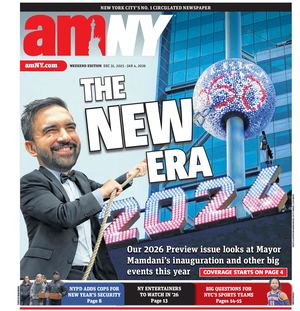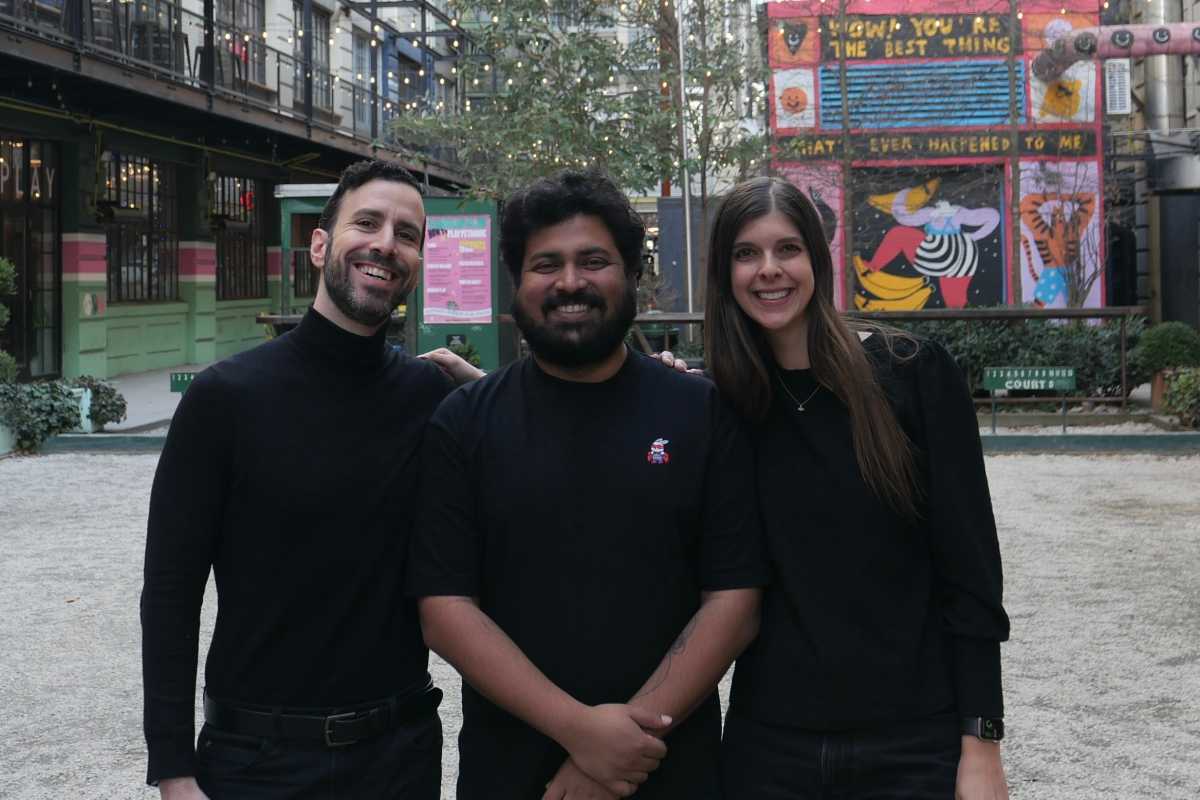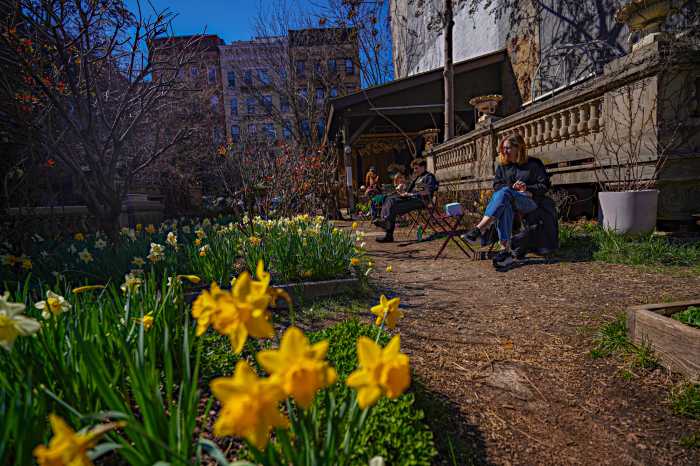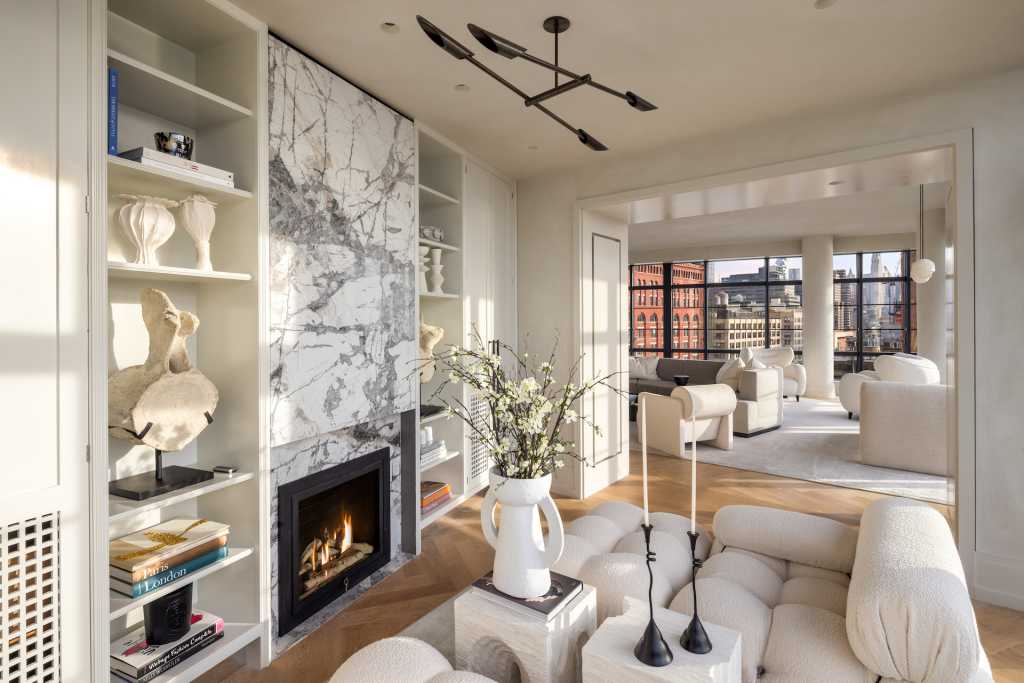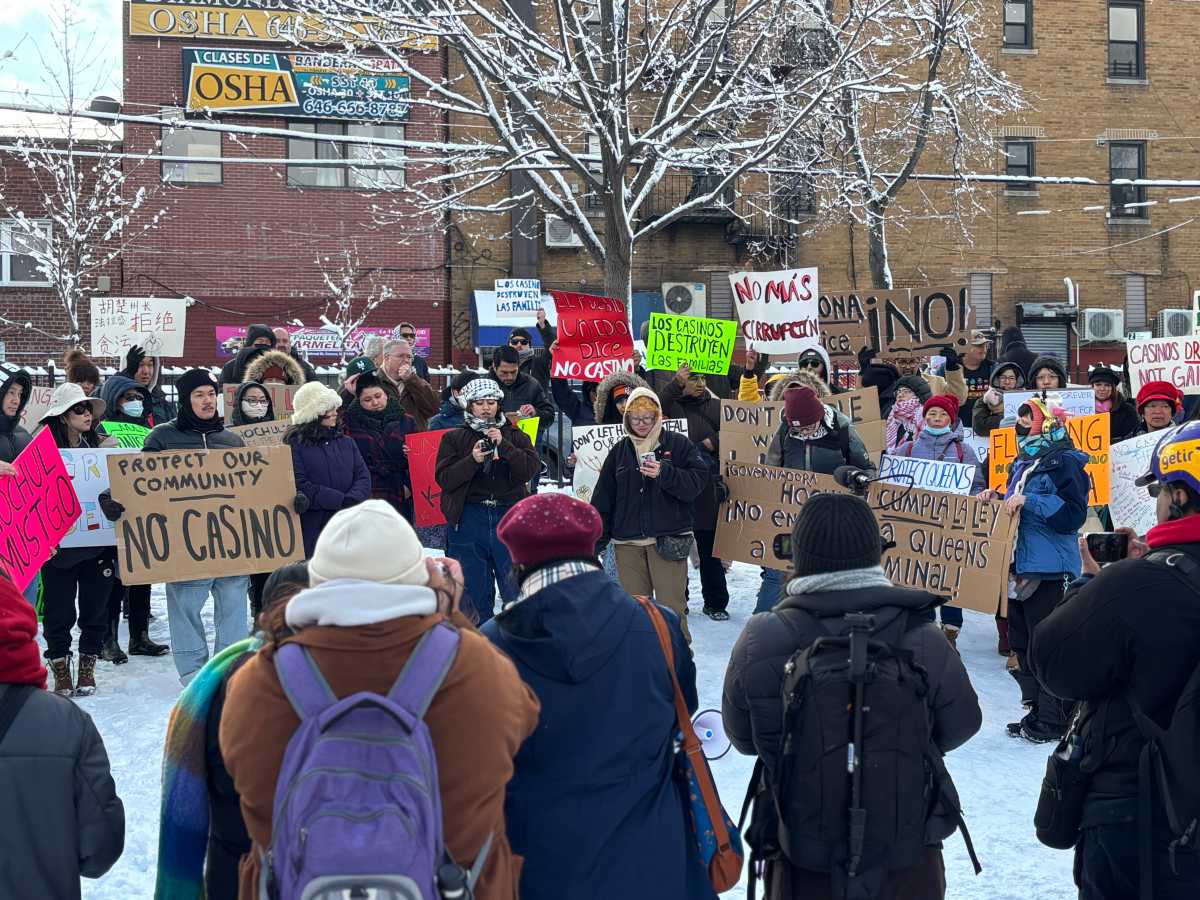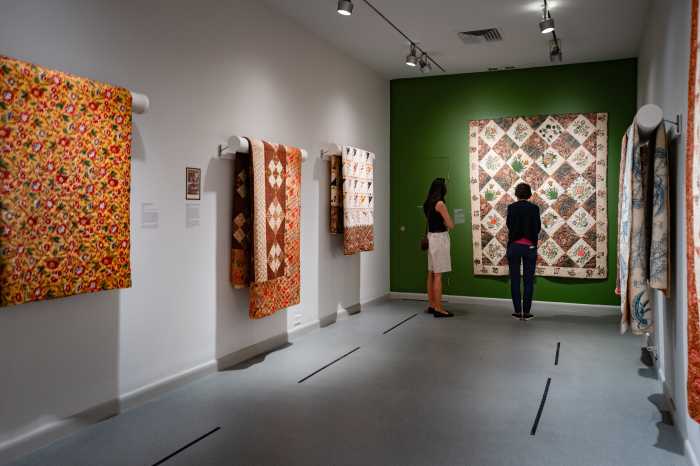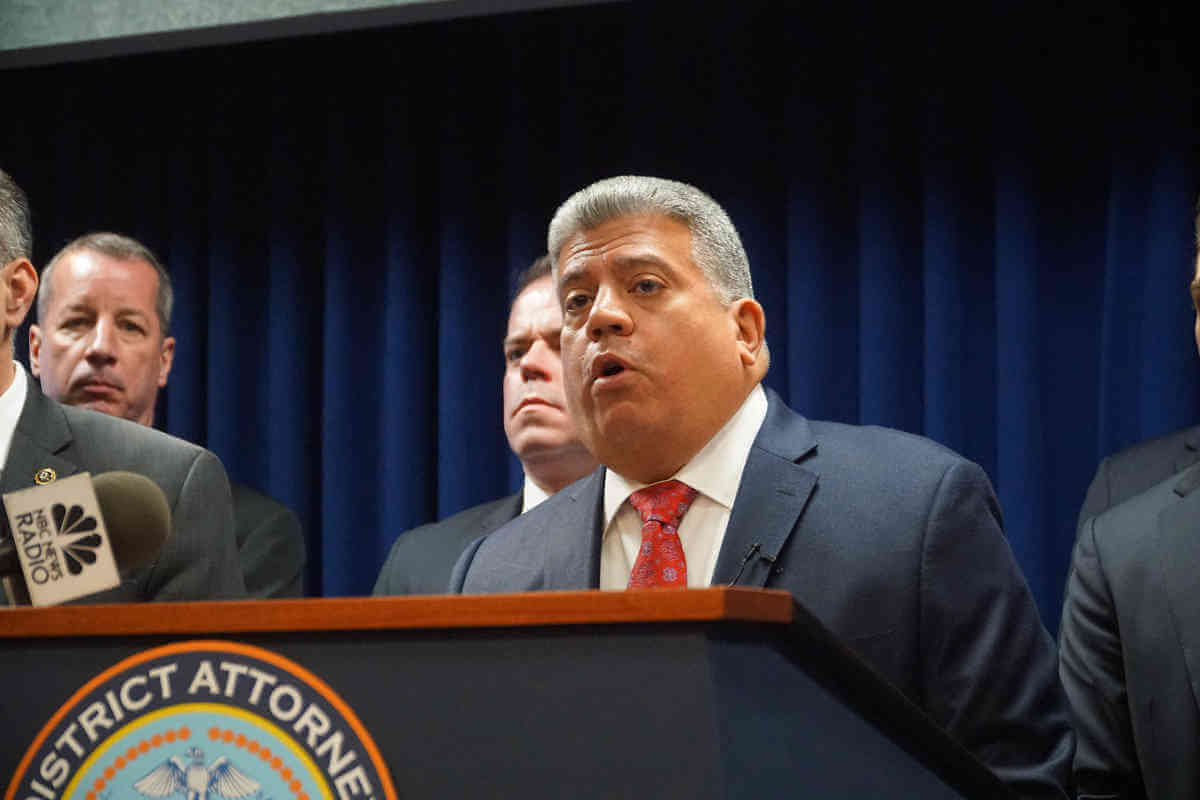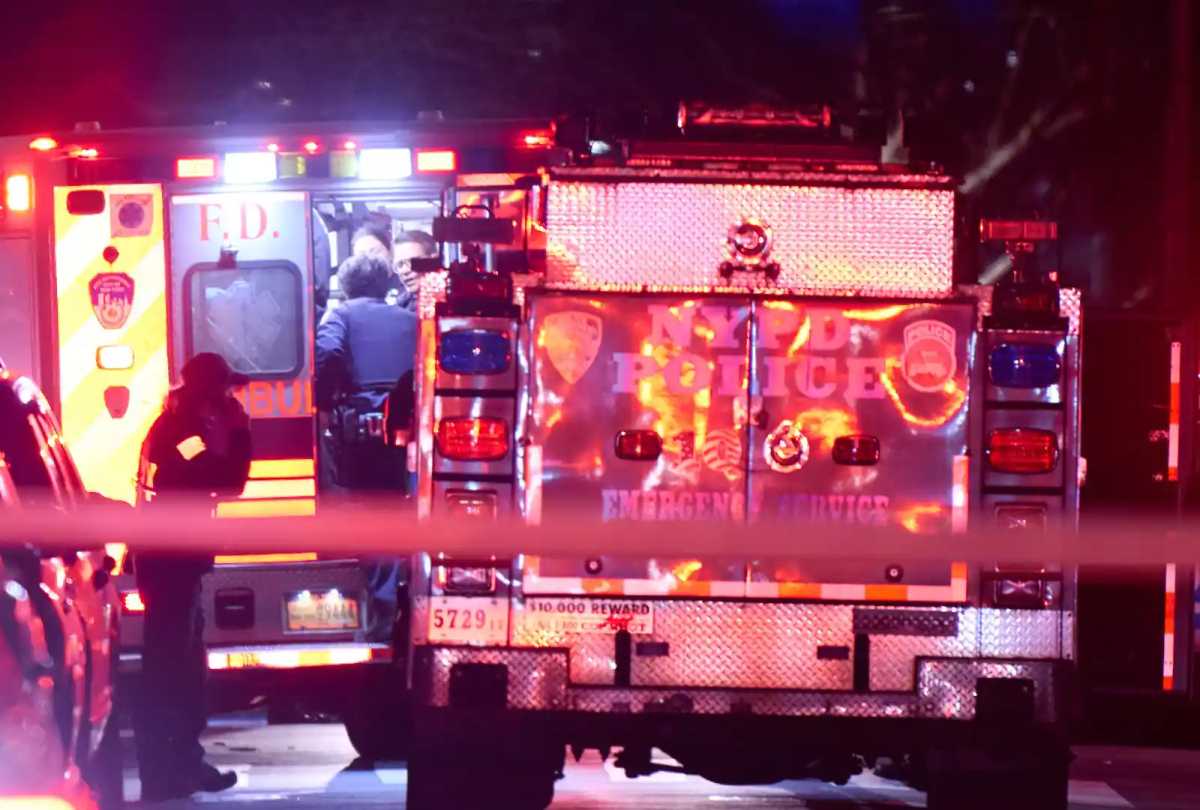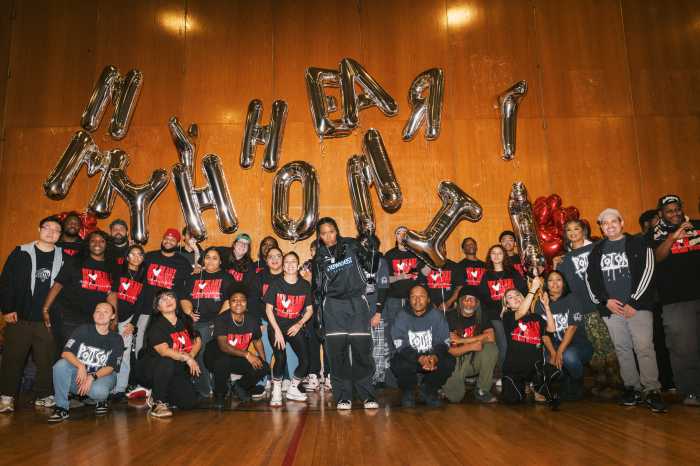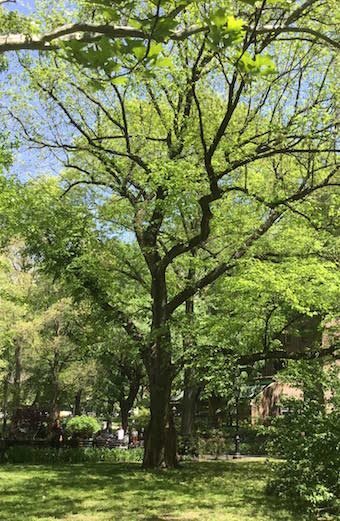
BY JACKSON CHEN | The American Museum of Natural History announced that it would take two trees off the chopping block in its controversial expansion project for the Richard Gilder Center for Science, Education, and Innovation.
According to the museum, the Gilder Center expansion — a project that will have 20 percent of its footprint in the surrounding Theodore Roosevelt Park — would not need to remove two notable trees, an English elm and a Pin oak, after conducting an engineering study and an assessment from an arborist.
The expansion project would create much more exhibition space and crucial foot traffic connections for the museum, but has drawn criticism from the community that is trying to preserve a cherished park. The project’s conceptual designs, which are currently under review with the Department of Parks and Recreation, originally included the removal of nine trees to be replaced with the planting of 17 new ones.
With the recent studies, the project is now expected to remove only seven trees and will take another look at the number of replacement trees, according to the museum’s senior director of communications, Roberto Lebron, who emphasized that there would ultimately be a net positive number of trees in the park.
The reductions in removals resulted from an engineering study that revealed the museum’s new underground service drive could be designed to not impinge on the roots of the two mature trees. On top of that, Bartlett Tree Experts’ assessment of the trees’ overall health and root structures concluded that they would be able to survive the construction process in good condition.
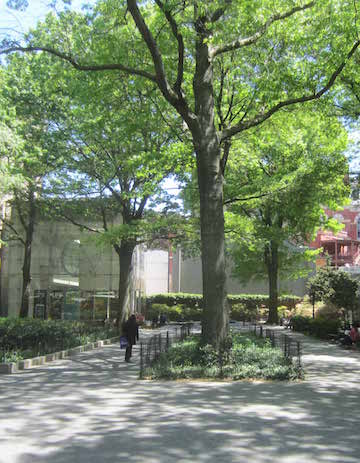
Adrian Smith, president of Defenders of Teddy Roosevelt Park, originally formed to oppose the museum’s incursion into the park, concurred that the mature trees that provide a chunk of the park’s canopy could be maintained in good health for another 20 or 30 years.
Now part of the museum’s Park Working Group, established to provide input on the Gilder expansion, Smith added that the Defenders’ focus on tree preservation and the impact of the underground service drive hopefully has influenced the museum to consider those issues with greater weight.
In closely tracking the expansion’s impact on the park’s treasured trees, Smith explained, the Defenders hired their own arborist, Urban Arborists, which conducted a separate evaluation prior to the Bartlett’s. Urban Arborists’ analysis of the trees found that both the elm and the oak are in good condition and would have a very high replacement cost.
The English elm, Urban Arborists estimated, is worth around $230,000, while the Pin oak was valued at $124,000. The replacement cost for all nine trees originally expected to be lost came to about $1.1 million, the arborist concluded.
For the Defenders, the trees are worth much more than these replacements statistics would suggest.
“Intuitively and inherently, you get a feel those trees are important from a layperson’s perspective,” Smith said. “Those two big shade trees really help retain that beautiful character we’re trying to achieve.”

While the Defenders group was originally in complete opposition to the project, its members now feel they’re able to have more influence on the project’s future by being a part of the conversation in the museum’s Park Working Group.
Meanwhile, the opposition has grown into several new groups, which have all lamented the lack of true community input and transparency. For Claudia DiSalvo, the president of the Community United to Protect Theodore Roosevelt Park, the museum’s announcement about two trees was a feeble and insulting attempt at responding to the opposition.
“I’m just outraged they think they’re throwing us a bone for giving us two trees,” she said. “This doesn’t mean they have considered the community.”
But the museum maintained that saving the two trees is part of its goal of incorporating the interests of different constituents into its plans.
“The community had come forward about wanting to maintain some of these trees,” said Lebron. “We’re just continuing to find ways to work with the community, to look at the design, and to try and save some of the trees. Here was a gesture on our part.”
